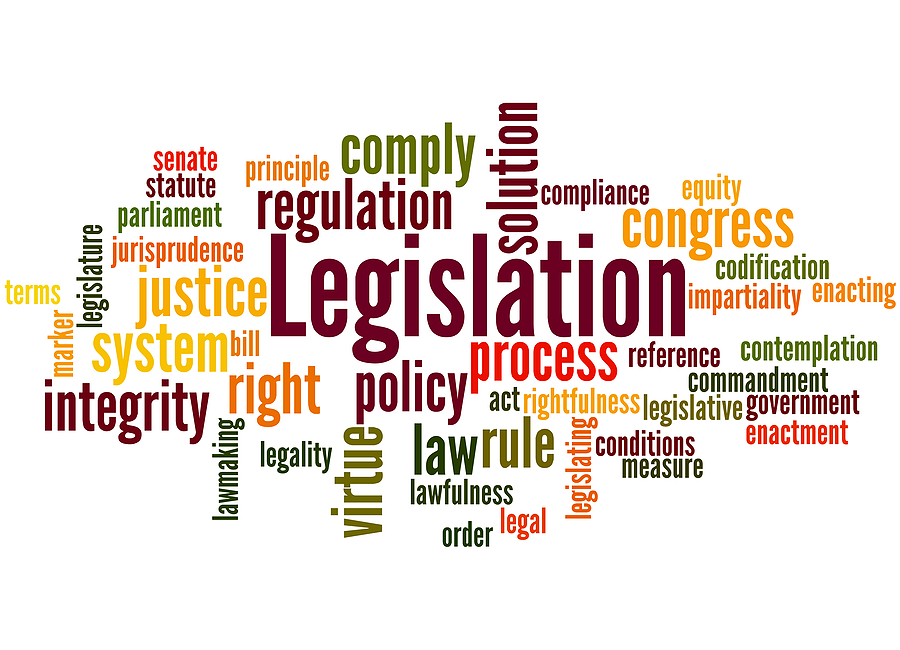2023 IRS Retirement Savings Contribution Limits
2023 IRS Retirement Savings Contribution Limits
The start of the New Year is a great time to focus on retirement savings contribution limits. Thanks to the power of compound interest. The more you save this year, the more financially secure you may be during retirement.
Are you ready to make more headway on your retirement savings in 2023? Make sure to note the new IRS 2023 limits for how much you can contribute.
401(k), 403(b), 457 plans, and the Thrift Savings Plan
The contribution limit for 2023 is $22,500, up $2000 from $20,500 in 2022. Individuals age 50 and older are eligible for catch-up contributions of $7500 for a total of $30,000.
Traditional or Roth IRA
For those who contribute to retirement savings accounts outside of their employer, annual contribution limits have increased for both traditional IRAs and Roth IRAs. In 2023, eligible individuals can contribute up to $6,500, up from $6,000, to their IRAs.
Eligibility for Traditional or Roth IRA contributions
The income ranges for determining eligibility to make deductible contributions to traditional Individual Retirement Accounts (IRAs), to contribute to Roth IRAs, and to claim the Saver’s Credit all increased for 2023.
Traditional IRA
Taxpayers can deduct contributions to a Traditional IRA if they meet certain conditions. If during the year either the taxpayer or the taxpayer’s spouse was covered by a retirement plan at work. The deduction may be reduced, or phased out, until it is eliminated, depending on filing status and income. (If neither the taxpayer nor the spouse is covered by a retirement plan at work, the phase-outs of the deduction do not apply.) Here are the phase-out ranges for 2023:
- If you are a single taxpayer covered by a workplace retirement plan, the phase-out range is increased to between $73,000 and $83,000, up from between $68,000 and $78,000.
- For married couples filing jointly, if the spouse making the IRA contribution is covered by a workplace retirement plan, the phase-out range is increased to between $116,000 and $136,000, up from between $109,000 and $129,000.
- If you are an IRA contributor who is not covered by a workplace retirement plan and is married to someone who is covered, the phase-out range is increased to between $218,000 and $228,000, up from between $204,000 and $214,000.
- And lastly, for a married individual filing a separate return who is covered by a workplace retirement plan, the phase-out range is not subject to an annual cost-of-living adjustment and remains between $0 and $10,000.
Roth IRA
The income phase-out range for taxpayers making contributions to a Roth IRA is increased to between $138,000 and $153,000 for singles and heads of household, up from between $129,000 and $144,000. In addition, for married couples filing jointly, the income phase-out range is increased to between $218,000 and $228,000, up from between $204,000 and $214,000. The phase-out range for a married individual filing a separate return who makes contributions to a Roth IRA is not subject to an annual cost-of-living adjustment and remains between $0 and $10,000.
The income phase-out range for contributions to a Traditional or Roth IRA for single filers is $138,000 to $153,000. For married couples filing jointly, it’s $218,000 and $228,000.
The Saver’s Credit
The 2023 income limit for the Saver’s Credit (also known as the Retirement Savings Contributions Credit) for low- and moderate-income workers is $73,000 for married couples filing jointly, up from $68,000. The limit is $54,750 for heads of household, up from $51,000. In addition, the limit is $36,500 for singles and married individuals filing separately, up from $34,000.
Simple IRA
The contribution limit for 2023 is $15,500, up $1500 from $14,000 in 2022.
Source: https://www.irs.gov/newsroom/401k-limit-increases-to-22500-for-2023-ira-limit-rises-to-6500
In conclusion, if you have any questions about 2023 contribution limits or how maximizing your contributions can help reduce your taxable income, visit your financial and tax professionals. In addition, if you have a Roth IRA or Traditional IRA, you can still make contributions for 2022 before Tuesday, April 18th, 2023.
SWG 2645150 – 1222
Disclosure
This article is designed to provide general information on the subjects covered. Pursuant to IRS Circular 230, it is not intended to provide specific legal or tax advice and cannot be used to avoid penalties or to promote, market, or recommend any tax plan or arrangement. You are encouraged to consult your personal tax advisor or attorney.
The source(s) used to prepare this material is/are believed to be true, accurate and reliable, but is/are not guaranteed.
The source(s) used to prepare this material is/are believed to be true, accurate and reliable, but is/are not guaranteed.
In addition, The Legacy Source specializes in providing strategies and guidance for those who are seeking a better lifestyle in retirement. If you have retirement savings of five million dollars or $50,000, we can ensure it works as hard. As a result, we offer our experience and knowledge to help you design a custom strategy for financial independence. Contact us today to schedule an introductory meeting!






